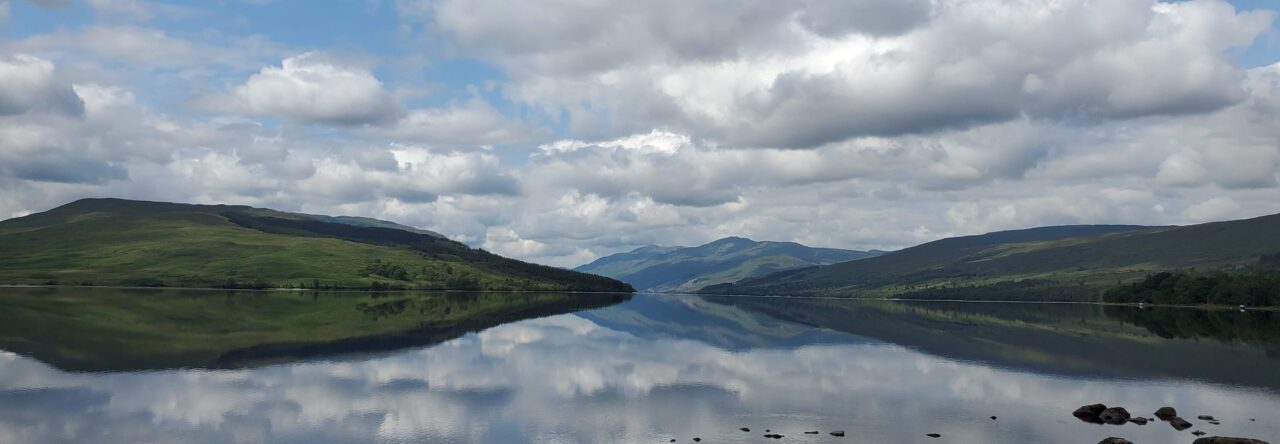I have become history obsessed of late. I am writing a piece for a trade organization, The Project Management Institute, and came across this interesting factoid which I though I’d share. It is about the Port of Mombasa in Kenya which is a transport and trade hub for East Africa “The port traces its history back many centuries to a time when dhows (traditional Arab sailing vessel) called at the Old Port on the north side of Mombasa Island. The Old Port is next to Fort Jesus,which was built by the Portuguese navigator Vasco da Gama. This was during the famous spice trade between the Arabian Gulf,the east coast of Africa,the Indian subcontinent and the Far East when navigators were looking for a new route to the Far East.” It’s not usually how we think of Kenya with its recent turbulence, but it’s good to remember.
As we close the business of green month, I want to give a shout out to the New York Aquarium. I was recently there on a school trip with my daughter and was really impressed with the exhibits, and with the seal show. Throughout all they sent the message of saving the environment, an important message children should hear from early on.
Finally, I read an interesting piece in the New Yorker, “Go West” by Peter Hessler. I originally thought it would be a cowboy story, but it turned out to be a look at America’s culture of “I” (in which by writing this blog I am unabashedly participating) – how most people like to tell the story of themselves and the contrast to the culture in China where no one talks about “I”. Is there something we can learn from holding back?

